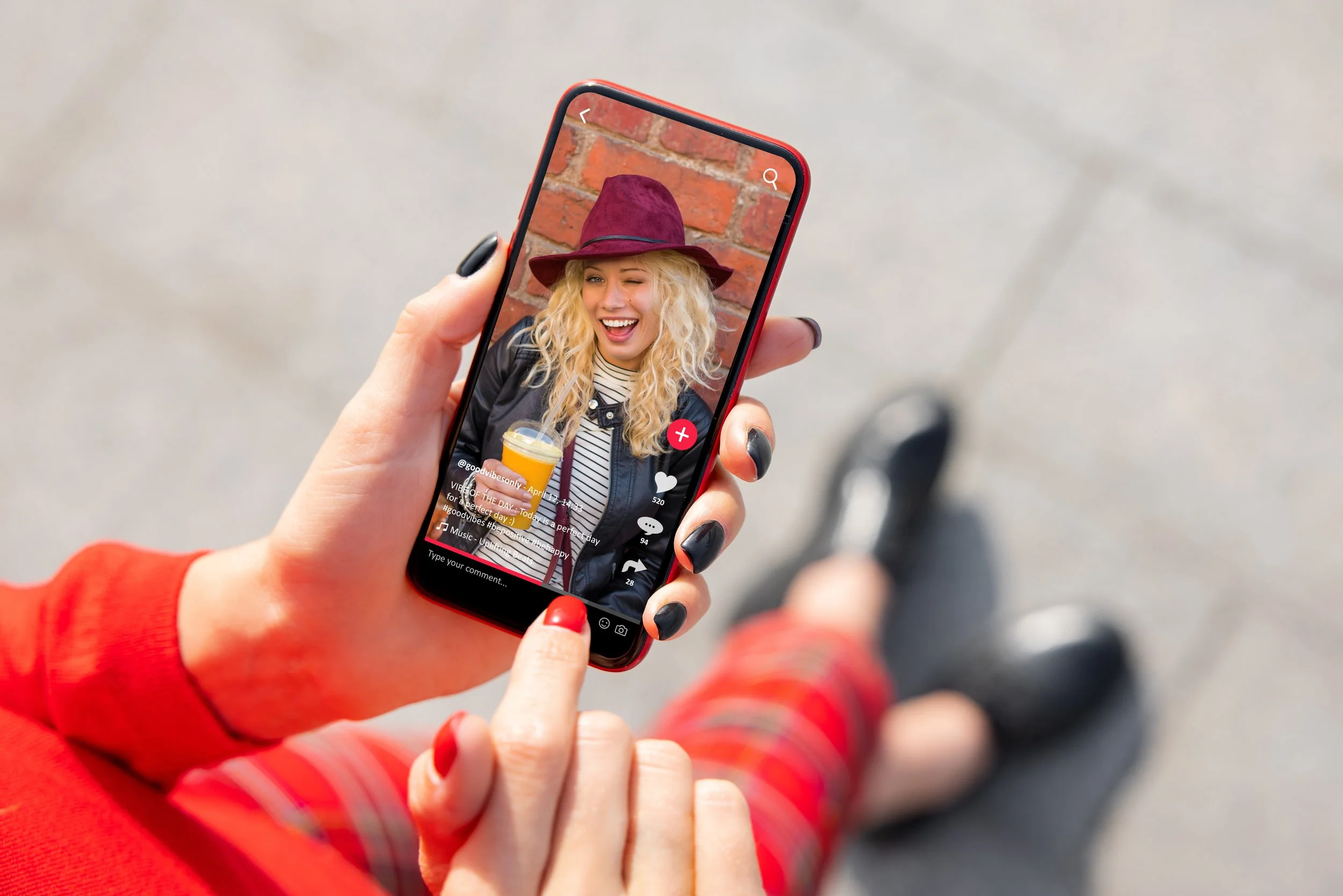In an age of constantly evolving technology and media, the pressure is on for every social media platform to be the best. Each site “borrows” ideas from other platforms, like when Instagram took the idea to use stories from Snapchat, every other platform included its own version of the concept. Now, the same thing is happening with videos.
Posting video content is nothing new, considering that YouTube is 18 years old and still thriving, but there has been a visible trend in TikTok-esque media. The idea is to create bite-sized pieces of media that audiences can scroll through for hours on end. One doesn’t have to sit down and commit to a 20-minute conspiracy video anymore, they can watch the one-minute version and move on to the next piece of new information with a simple swipe. TikTok has experienced unheard-of growth rates that inspired all the other platforms to take notes. Perhaps TikTok’s biggest competitor, Instagram created “Instagram Reels” to follow a similar set-up of TikTok, giving users bite-sized videos they can scroll through endlessly with just a slightly altered interface. While it may have a tendency to confuse those who use both Instagram and TikTok, it invites innovation between social media apps.
Recent studies have shown that due to the accessibility of video on smartphones, it is a reliable way to grab the user’s attention. Anyone can pull out their phone and some headphones to watch a video and the visual experience that user is exposed to makes them more likely to understand the message. This increases the return on ad revenue, making video ads more profitable for both advertisers and the platform itself. Furthermore, video analytics are much more reliable to measure the engagement of a post. It’s difficult to determine if someone thoroughly read an infographic even if they liked it, but with a video, the viewing behavior of the user can be determined by how long they spent watching the video, or how many times they watched the video. Not only can this information help advertisers understand consumer behavior, but it can also help them personalize their messages to the consumer. The algorithms created by this information can help advertisers target their audience more effectively, and give consumers a unique experience that urges them to participate.
If everyone involved makes more money off of video ads, it would make sense that every platform has its own version of video content. Even YouTube, a platform known for full-length video content, has started including short clips on the site. Short-form videos have revolutionized the way users interact with their platform of choice, changing the relationship between seller and consumer.
What all started as a feature used on TikTok has turned into Instagram Reels, Snapchat Spotlight, YouTube Shorts, Twitter Immersive Viewing, and even Facebook Reels. These features pave the way for more reliable analytics, more entertaining content, and better marketing. Evolving technology doesn’t have to be a bad thing if it is understood, and wielded responsibly.

